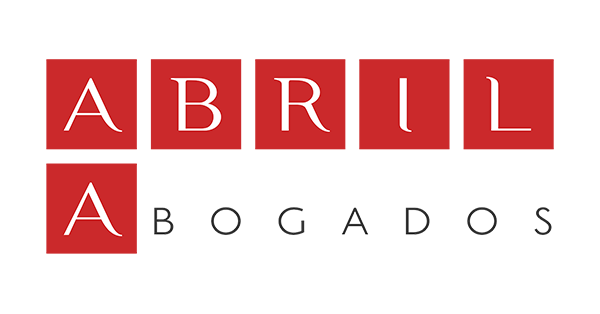The New York Times 📰recently accused the AI startup Perplexity💻 (which has ties to Mr. Bezos) of copyright infringement, warning and requesting to c&d ⛔of the unauthorized use of its contents.
The conflict 🤜🤛arises because Perplexity, apparently, extracts information from the news published by the NYT. While the startup rejects having used said content to train its AI model, arguing that only indexes web pages.
Previously, The New York Times had already faced similar situations😥, since it also warned Open AI (Chat Gpt) and Microsoft, which conflict finally ended in a lawsuit filed by NYT against both companies in 2023 (case pending up to date)🤞.
🤔Could Perplexity invoke the fair use doctrine and claim that its conduct is necessary for the development/training of its AI and that it thereby contributes to technological development? These AIs are apparently non-profit, but then one sees that they are valued in billions of euros🤑. Would the AI have reached that value without being “trained” based, presumably, on third-party content?
Perplexity will have to respond to the claim from The New York Times at the end of October. However, it would not be the first time that Perplexity has reached a settlement 🤝with a publisher to solve disputes such as the one it is now facing with the Gray Lady.
It is difficult to find a fair balance for all parties, since on the one hand there is the legitimate right of IP rights©️ holders to adequately protect their investments, which would ensure that we can continue enjoying contents (especially of quality). And, on the other, we should avoid conducts that affect to the technological development🛫.
The use, if so, contents protected bi copyright, creations that are, let’s say “assisted by AI” (a patent or a design developed with AI or by AI, for example), is becoming more and more common and having expert advice is more necessary than ever.
What is clear is that the evolution of AI and that of the legal system are totally out of step, with the former constantly putting the latter to the test. This means that we will see very interesting cases from a technical-legal point of view, which will make us rack our brains. Or, if you prefer, ask for a solution to some AI. Would it be neutral? 😉
Fernando Ortega
Abogado


